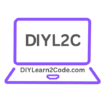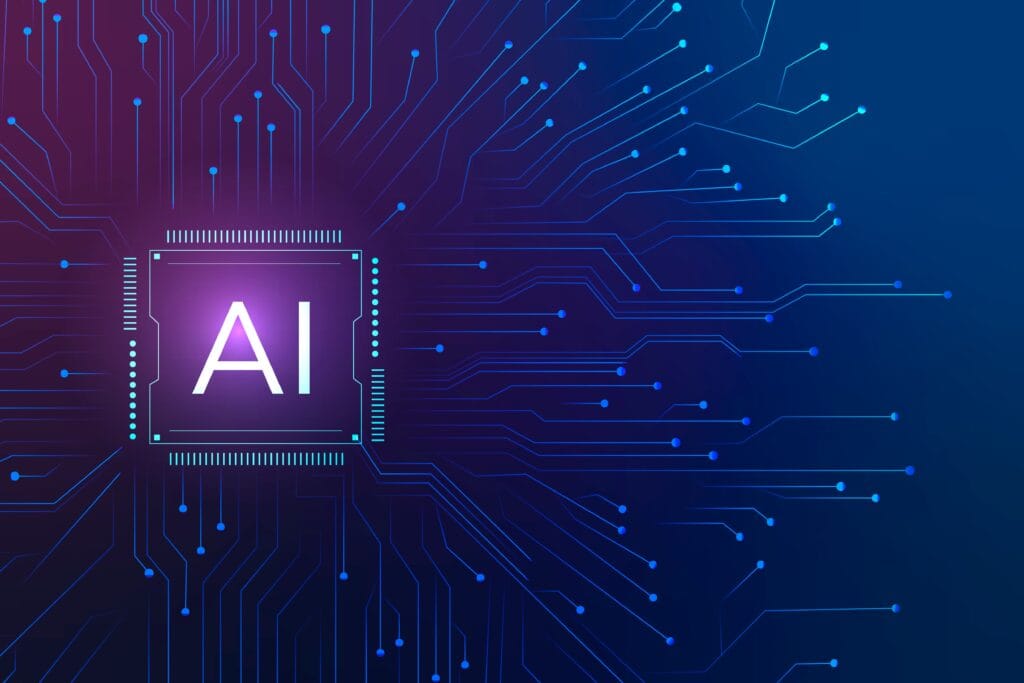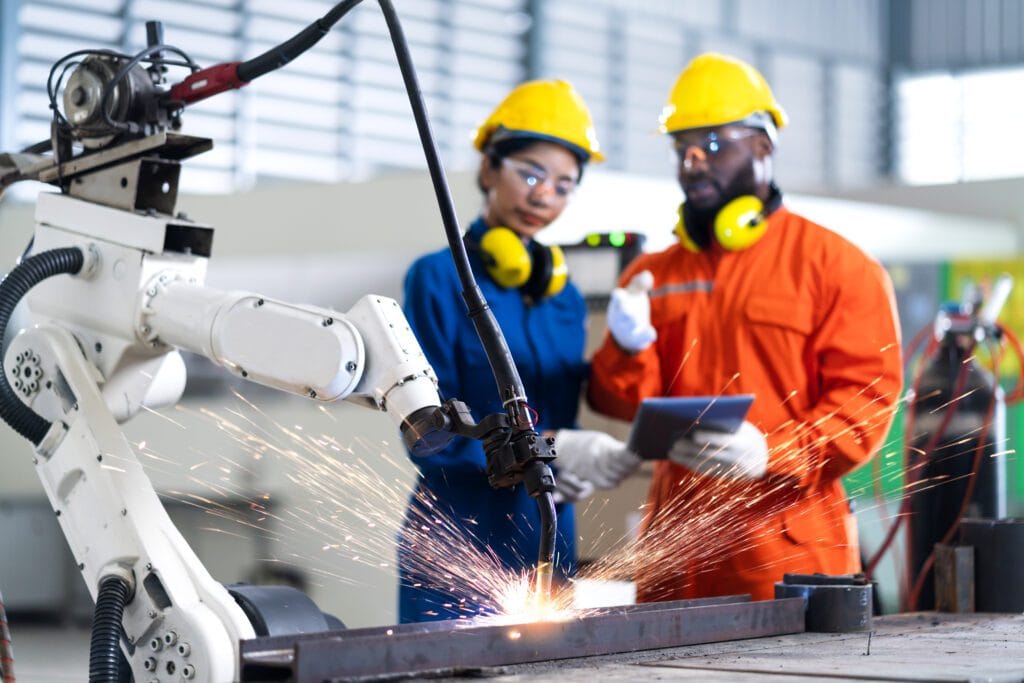
Introduction: Why Python Rules the Tech World
- Introduction: Why Python Rules the Tech World
- 1. What is Python?
- 2. Why Python is the Best Language for Beginners in 2025
- 3. How Python Connects with AI, Robotics, and Web Development
- 4. DIY: Your First Steps in Python (Hands-On Practice)
- 5. Real-Life Examples of Python You Already Use
- 6. Common Mistakes Beginners Make (and How to Avoid Them)
- 7. DIY Learning Path for Python in 2025
- 8. Future of Python in 2025 and Beyond
- 9. FAQs
- Conclusion: Your DIY Python Journey Begins Here
Imagine being able to talk to your computer in plain English and make it do powerful things — from solving math problems to building a website or even controlling a robot. That’s what Python does for millions of people worldwide.
In 2025, Python continues to be the #1 programming language for beginners, hobbyists, and even AI engineers. Whether you’re interested in AI, Robotics, Web Development, or Data Science, Python is the first step.
This post is your DIY-friendly guide to Python basics — simple enough for a school student, powerful enough for professionals who want to reskill.
1. What is Python?
Python is a high-level programming language — meaning it’s closer to English than to machine code. Unlike older languages like C or Java, Python focuses on readability and simplicity, so you can write less and do more.
✅ Example:
print(“Hello, World!”)
Just one line, and Python talks back to you.
Compare that with older languages that require multiple lines just to print the same message.
2. Why Python is the Best Language for Beginners in 2025
- Easy to Learn: Syntax feels like writing in English.
- Versatile: Used in AI, robotics, automation, web apps, games.
- Community Support: Millions of tutorials, forums, and open-source tools.
- Future-Ready: Top companies like Google, NASA, and Netflix rely on Python.
💡 Fun Fact: Even the Mars Rover project uses Python for data analysis.
3. How Python Connects with AI, Robotics, and Web Development
Previously in past articles we talked and introduced AI and Robotics — here’s how Python links them:
- AI → Libraries like TensorFlow, PyTorch.
- Robotics → Python + Arduino/Raspberry Pi for automation.
- Web Development → Frameworks like Django, Flask, FastAPI.
- Everyday Use → Automate boring tasks (rename files, send emails).
So, Python is like the glue language of modern technology.
4. DIY: Your First Steps in Python (Hands-On Practice)
Step 1: Install Python
- Go to python.org and download the latest version.
- Or use free tools like Google Colab (no install needed).
Step 2: Your First Code
name = input(“What is your name? “)
print(“Welcome to Python, ” + name + “!”)
👉 This simple code asks your name and greets you personally.
Step 3: Practice with Mini-Tasks
- Make a calculator.
- Create a to-do list.
Write a “Guess the Number” game.
5. Real-Life Examples of Python You Already Use
- YouTube Recommendations → Powered by Python AI.
- Instagram Filters → Built with Python frameworks.
- Banking & Finance Apps → Fraud detection using Python ML models.
- Robotics → Home automation bots using Python + Raspberry Pi.
So, even without realizing, you’re already living in a Python-powered world.
6. Common Mistakes Beginners Make (and How to Avoid Them)
- Skipping basics → Don’t jump to AI before learning loops and functions.
- Copy-paste coding → Understand logic instead of just running code.
- Overloading with libraries → Start with core Python, then move to packages.
Ignoring practice → Code every day, even 10–15 minutes is enough.
7. DIY Learning Path for Python in 2025
Here’s a step-by-step roadmap for beginners:
- Basics → Variables, loops, functions.
- Projects → Calculator, quiz, chatbot.
- Libraries → NumPy (math), Pandas (data), Matplotlib (charts).
- Choose Direction:
- AI/ML → TensorFlow, Scikit-learn.
- Web Dev → Django/Flask.
- Robotics → Raspberry Pi + Python.
- AI/ML → TensorFlow, Scikit-learn.
📌 Pro Tip: Mix learning + doing → You’ll remember better if you build small projects while studying.
8. Future of Python in 2025 and Beyond
- AI boom → Python will continue to dominate AI research.
- IoT & Robotics → Python + edge devices will power smart homes.
- Low-code trend → Python APIs will integrate with no-code platforms.
- Jobs → Python developers will remain among the highest-paid programmers.
9. FAQs
Q1. Is Python hard to learn for non-coders?
No. Python is one of the easiest languages. Even kids can learn it in weeks.
Q2. Can I learn Python without math?
Yes. Math is needed only if you go deep into AI or data science.
Q3. How long will it take me to learn Python basics?
With daily practice, you can learn Python basics in 4–6 weeks.
Q4. Can Python really be used for robotics?
Yes, with Raspberry Pi, Arduino, and libraries like ROS (Robot Operating System).
Q5. Do companies still hire Python developers in 2025?
Absolutely. Python is in demand for AI, finance, web, and automation jobs.
Q6. Which is better: Python or Java?
For beginners → Python. For enterprise-level applications → Java.
Q7. Is Python free to use?
Yes. It’s open-source and will always remain free.
Conclusion: Your DIY Python Journey Begins Here
Python is not just a programming language — it’s a career starter, a creativity booster, and a DIY tool for tech enthusiasts. By starting today, you’re opening doors to AI, robotics, web development, and beyond.
👉 Start small, practice daily, and remember: Python is your gateway to building the future.


